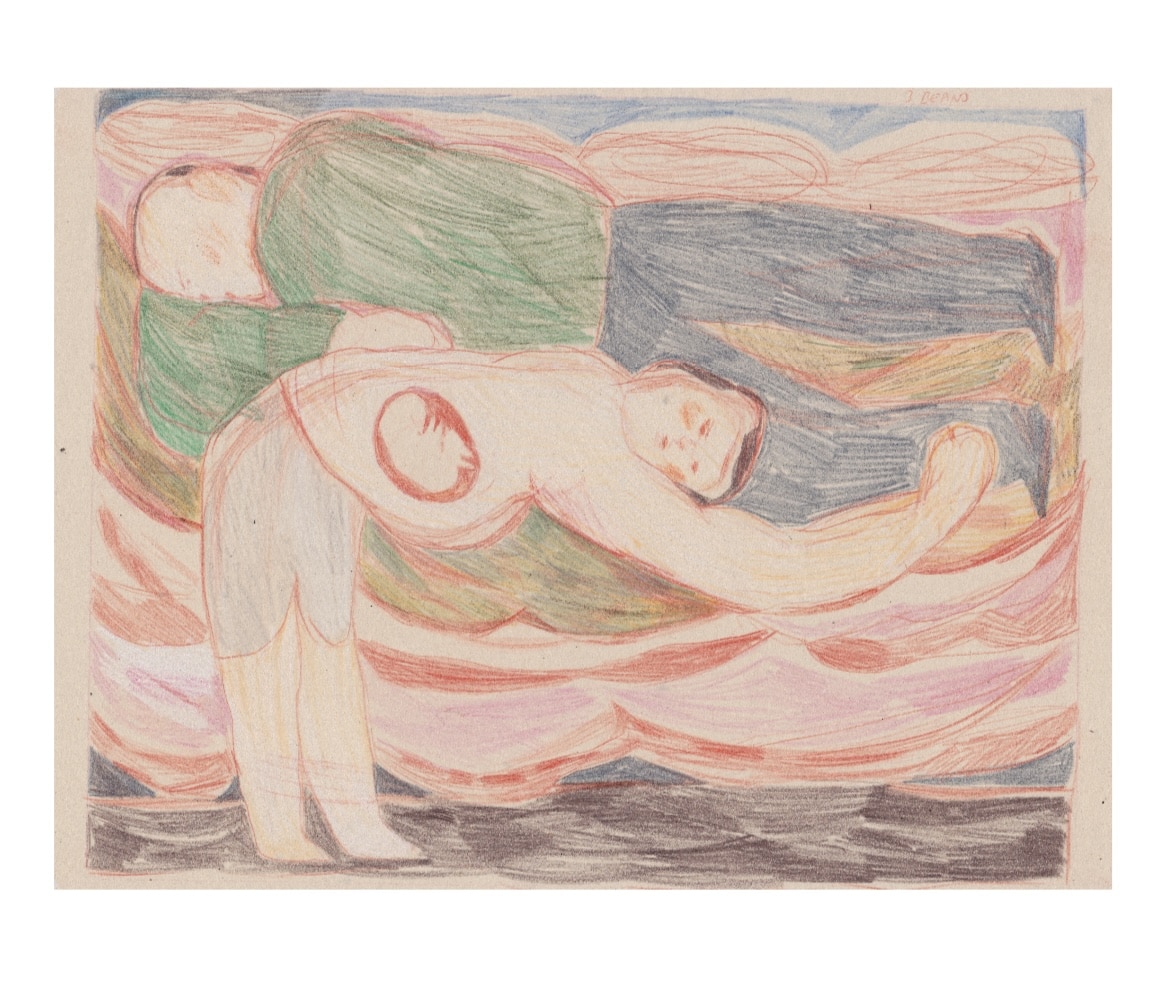Visiting an art exhibition can be just the tonic to brighten up a gloomy winter’s day, inviting us to step outside of our everyday lives and view the world through someone else’s eyes. Art can also give us an insight into different cultures, countries and historical events that might otherwise have passed us by.
Here are three excellent shows with diverse subjects that have a few more weeks left to run. The gallery locations vary from London to Warwickshire and Newcastle, so if you are in the UK you will have a good chance of being within shouting distance of at least one of them.
If you happen to be travelling to London for some cultural enrichment and have a picture in need of a frame, call into our framing shop to see how we can help you.
William Morris & Art from the Islamic World: William Morris Gallery, London, until 9 March
William Morris was a towering figure in 19th century art and design, and a key figure in the Arts & Crafts movement, which championed the economic, social, and artistic value of handmade goods over mass-produced items.
Morris focused his creative output on wallpaper and textile designs, and the William Morris Gallery in London has a substantial collection of his works. This exhibition is the first to explore the influence of Islamic arts and crafts on Morris’s work.
It challenges the notion that there is a single genre of ‘Islamic art’: it features examples of Islamic textiles, ceramics, metalwork and manuscripts from a range of collections, which have been brought together in a single space for the first time.
The gallery website explains: “Featuring over 90 works, the exhibition demonstrates how some of Morris’s best-known designs such as Flower Garden (1879), Wild Tulip and Granada (1884) were directly inspired by Islamic surface design and its technical application.”
“This exhibition sets out to enrich our appreciation of Morris’s work and broaden our understanding of the underlying influences of this quintessentially British designer.”
The Reflected Self: Portrait Miniatures 1540-1850: Compton Verney, Warwickshire, until 23 Feb
This exhibition at Compton Verney examines the fascinating historical role of the miniature. It may be a rather niche genre in the contemporary art scene, but they were once highly fashionable and sought after artforms.
In the past, the tiny paintings acted as gifts and tokens of affection for those who could afford them; much like we would send cards or photographs to friends and family today.
Miniature portraits also served more formal purposes, as diplomatic gifts exchanged by ambassadors, or as tokens of royal favour. The portraits were sometimes worn as lockets around the neck, or attached to watch fobs. The beautifully detailed portraits reveal the sometimes absurd fashions and fads of the Georgian period, and tell a story.
Romance to Realities: The Northern Landscape and Shifting Identities, Laing Art Gallery, Newcastle, until 26 April
This new exhibition at the Laing Art Gallery in Newcastle explores landscape painting in northern England and Scotland from the early 18th century through to the present day. The themes vary from the sublime and Romantic to the gritty realities of industrialisation and of earning a living in tough conditions.
It features works from the Fleming Collection, which is considered to be one of the finest collections of Scottish art, plus works from the Laing’s distinguished permanent collection. Highlights include paintings by JMW Turner and LS Lowry, alongside pioneering Scottish artists such as John Knox and Joan Eardley.
Eardley (1921-1963) is one of the most versatile and acclaimed Scottish artists. Her style varied from characterful portraits of Glaswegian children playing in the streets, to impressionistic landscapes and coastal scenes. She had an unconventional approach to both life and art, and influenced the next generation of artists in Scotland and beyond.
The gallery website explains: “The exhibition charts thematic changes in landscape painting. It explores the idea of landscape as ‘sublime,’ awe-inspiring and overwhelming, and idealised or ‘picturesque,’ which was tied to notions of national identity.”
“Some of the works examine the realities and everyday details of landscapes shaped by agriculture, industry, and urbanisation in later periods, including figures of labourers working in fields, quarries, and mines.”
“It also explores the displacement of communities, the migration to urban centres, and the enduring connection between people and their surroundings, including conceptions of place and belonging.”
It’s sure to be a visually engaging, inspiring and thought provoking experience, whatever your taste in art.
